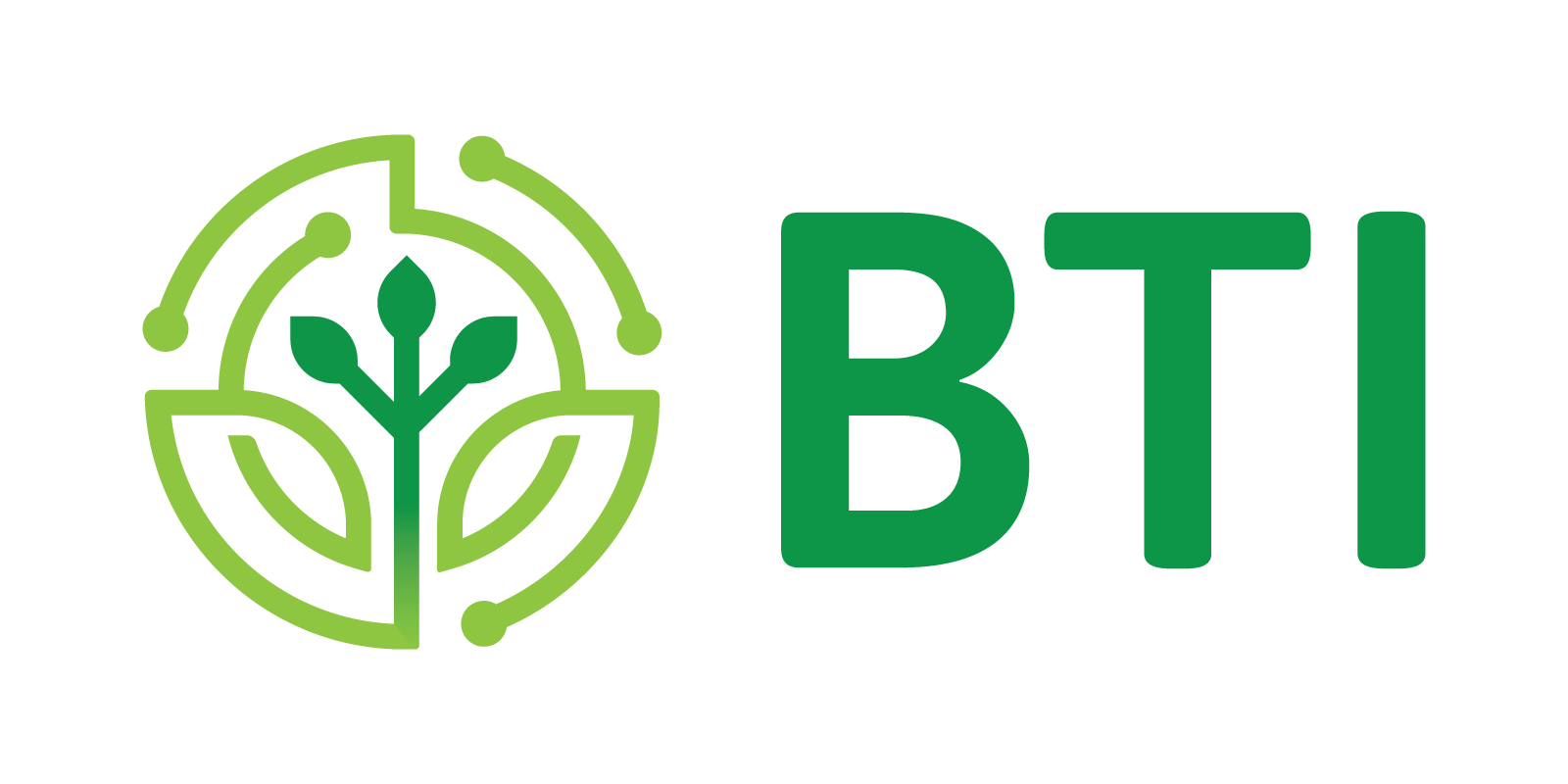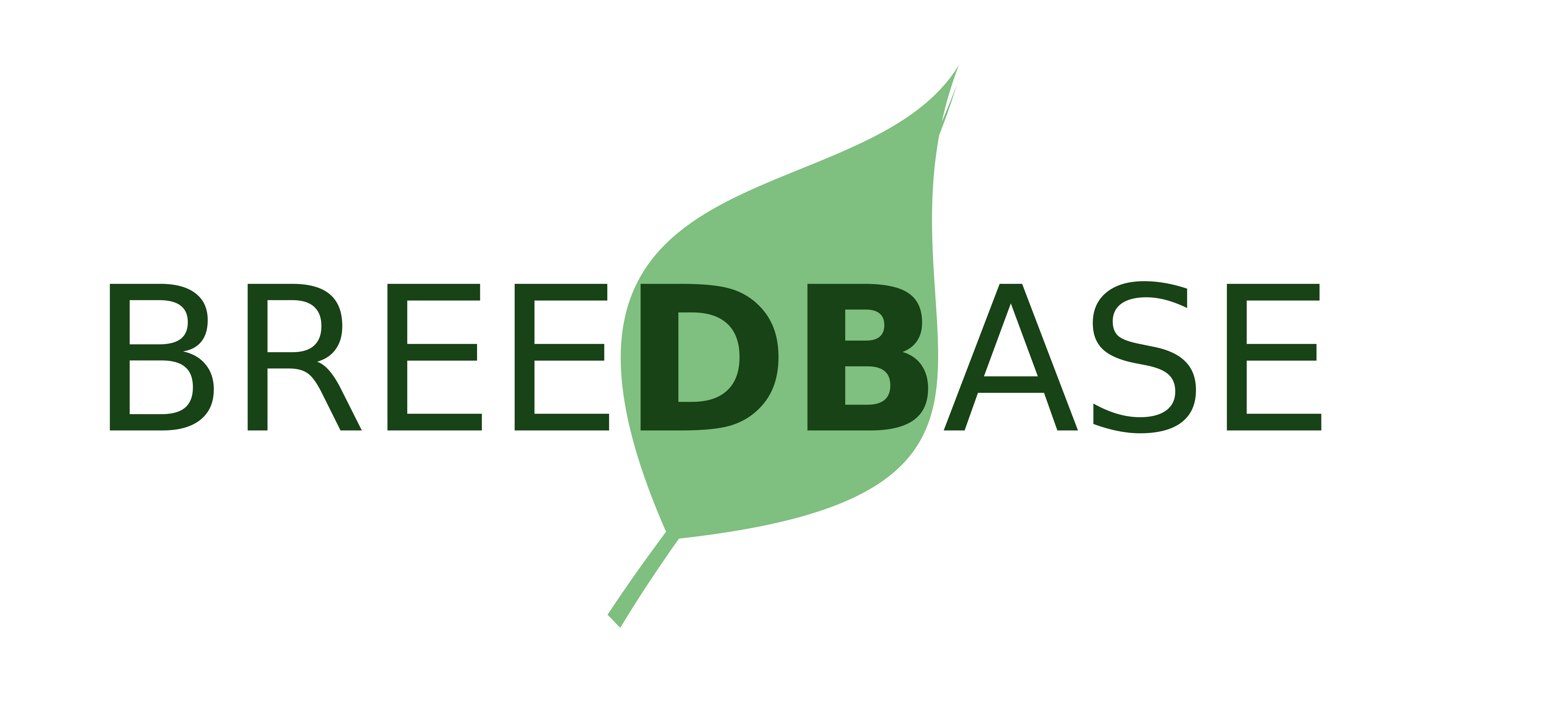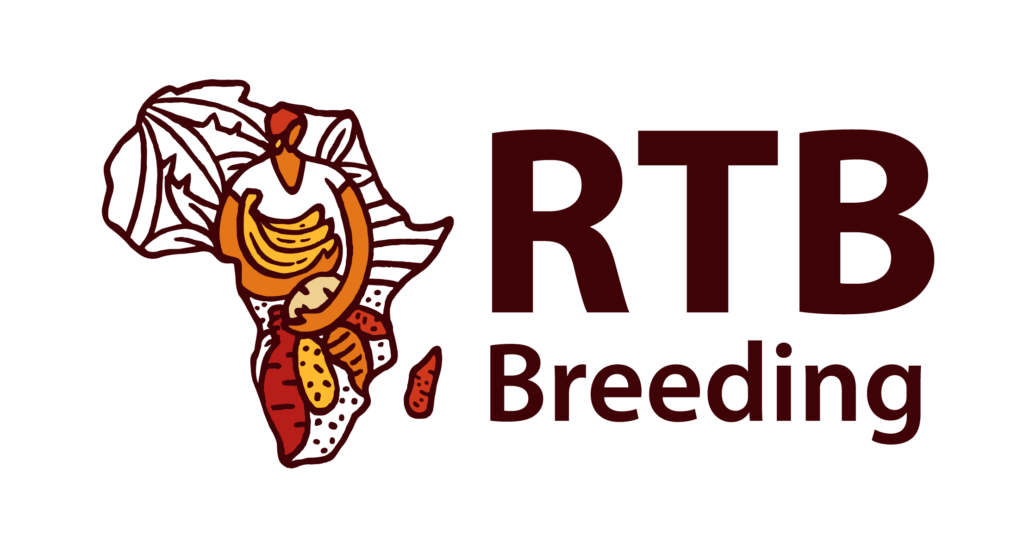
Computational prediction of secreted proteins
| About Prediction | SecreTary Tool | SecreTary Instructions |
A number of computational tools have been developed to predict the presence of SPs. These programs have been greatly refined in recent years and their accuracy has improved with the adoption of machine learning algorithms. However, while this is a valuable approach, as with all prediction-based tools, there is a consistent error rate and both false positive and negative predictions should be expected. One of our major goals is to identify the incorrect predictions and generate a database of computationally and functionally confirmed secreted plant proteins. It has been reported that one of the most effective predictors of SPs is SignalP 3.0. We have used both SignalP and our recently developed predictor, SecreTary, to screen the predicted proteomes of several plant species to date. See below for these prediction results.
| New predictor: Secretary |
We have developed a new predictor, SecreTary, for more accurate computational prediction of plant proteins that traffic through the classical secretory pathway. Try SecreTary,
| SecreTary, SignalP, TargetP results |
Arabidopsis thaliana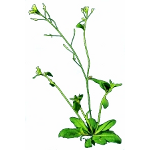 temporarily unavailable
temporarily unavailable
|
Rice (Oryza sativa)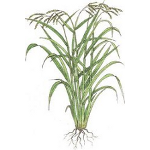 temporarily unavailable
temporarily unavailable
|
Brachypodium distachyon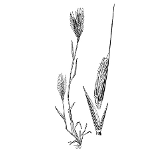 temporarily unavailable
temporarily unavailable
|
Tomato temporarily unavailable
temporarily unavailable
|
Populus trichocarpa temporarily unavailable
temporarily unavailable
|
| Search SecreTary, SignalP, TargetP results for secreted proteins |
Use text terms (e.g. "polygalacturonase", "glycosyl hydrolase family", "gh9"), or locus names (e.g. "At1G65610.1"). This will provide you with a list of predicted proteins, grouped by species, with the annotation protein length, molecular weight, confidence scores for the presence of a secretory signal peptide and predicted localization.

